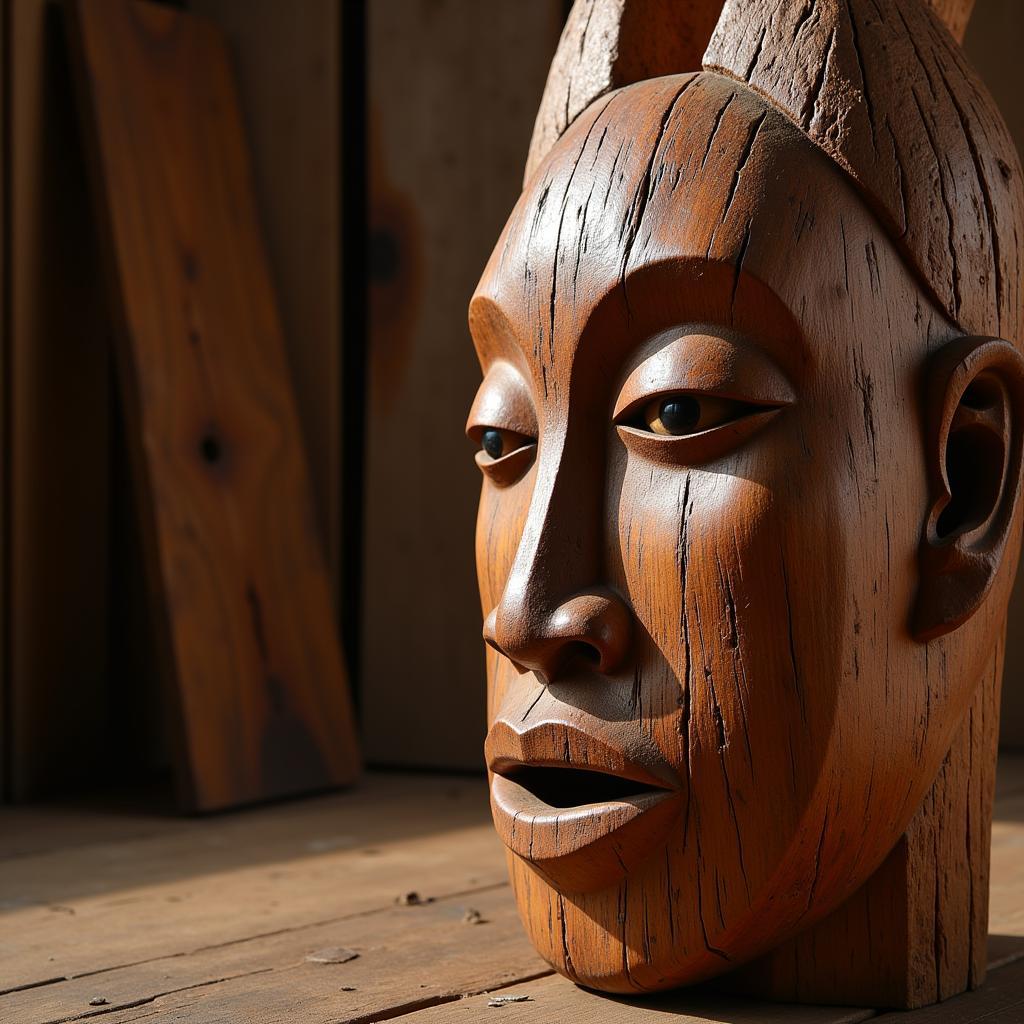Unveiling the Secrets of the African Juniper
The African Juniper, a majestic evergreen conifer native to the mountainous regions of East Africa, holds a captivating allure. From its aromatic wood to its cultural significance, this remarkable tree offers a glimpse into the diverse tapestry of African Life.
A Botanical Marvel: Appearance and Habitat
Towering above the landscape, the African juniper, scientifically known as Juniperus procera, can reach heights of up to 40 meters. Its distinctive features include a pyramidal crown, scaly bark, and needle-like leaves that exude a pungent, resinous aroma. Thriving in high-altitude forests and woodlands, these trees display remarkable resilience, often clinging to rocky slopes and enduring harsh climatic conditions.
 African Juniper in its Natural Habitat
African Juniper in its Natural Habitat
A Cultural Icon: Traditional Uses and Beliefs
For centuries, the African juniper has been deeply intertwined with the cultural practices and beliefs of communities residing near its natural habitat. Its wood, renowned for its durability and resistance to decay, has been used extensively in construction, furniture making, and crafting traditional artifacts.
“The African juniper is more than just a tree to us,” shares Joseph Mtema, a respected elder from Tanzania. “It’s a symbol of strength, longevity, and resilience, mirroring the spirit of our people.”
 Traditional African Juniper Wood Carving
Traditional African Juniper Wood Carving
The aromatic properties of the tree’s leaves and berries have also found applications in traditional medicine, used to treat various ailments. Furthermore, the burning of juniper wood is believed to ward off evil spirits and bring good fortune in some cultures.
A Threatened Treasure: Conservation Efforts
Despite its cultural significance and ecological importance, the African juniper faces increasing threats from deforestation, habitat loss, and climate change. Recognizing the urgency of the situation, conservation organizations and local communities are collaborating to implement sustainable harvesting practices and raise awareness about the need to protect this iconic species.
 Community-Led Conservation Efforts for African Juniper
Community-Led Conservation Efforts for African Juniper
Conclusion
The African juniper stands as a testament to the continent’s rich biodiversity and cultural heritage. Its majestic presence graces the landscapes of East Africa, while its versatile uses and cultural significance continue to shape the lives of communities across the region. As we strive to preserve this botanical treasure for generations to come, let us appreciate the interconnectedness of nature, culture, and human well-being.

